Understanding Microcontrollers and IoT: From Sensors to Cloud
 Aakashi Jaiswal
Aakashi Jaiswal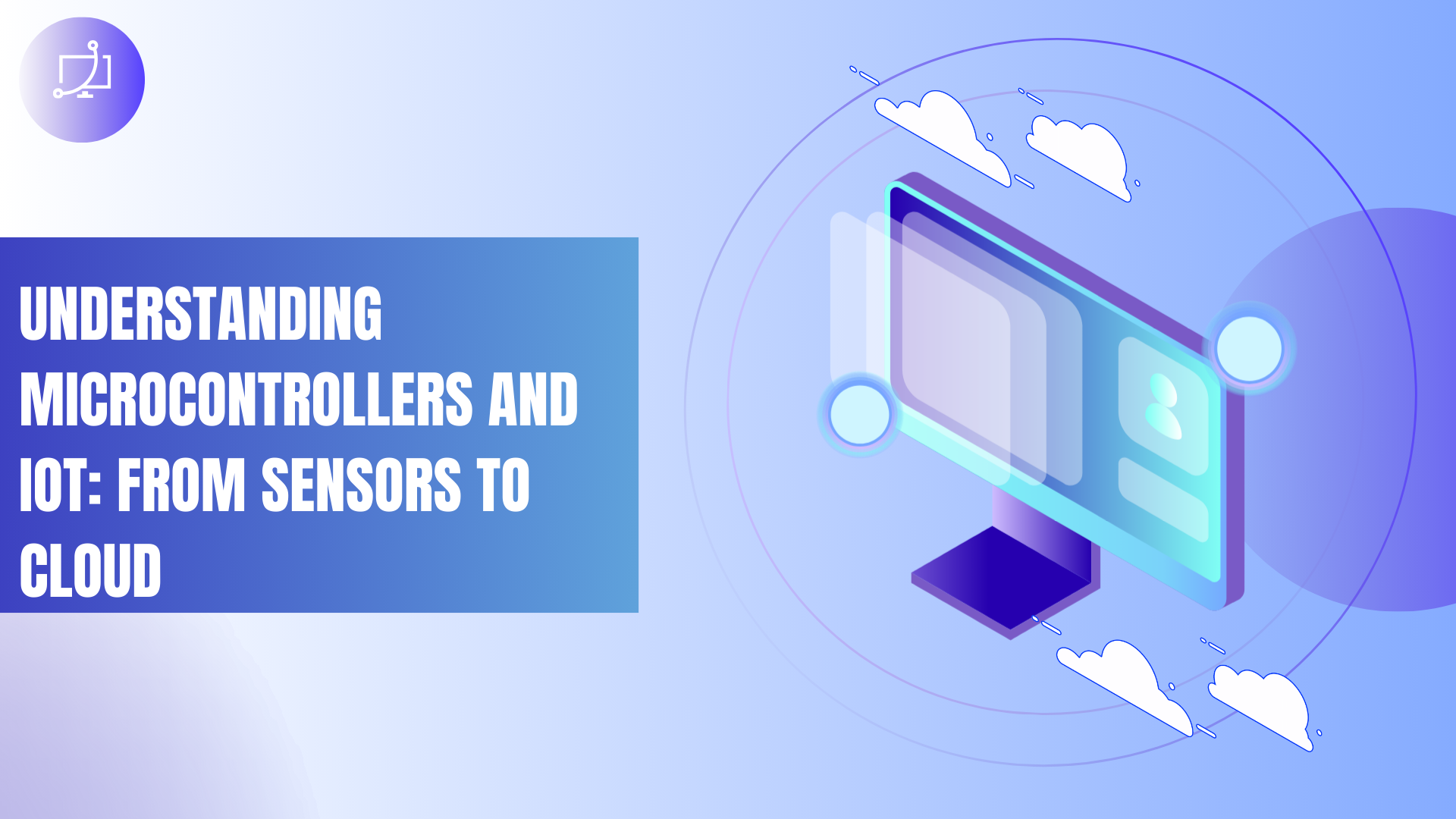
Embedded systems and IoT (Internet of Things) are driving many of the smart technologies we use today. From simple gadgets like fitness trackers to complex systems like self-driving cars, microcontrollers and microprocessors play a crucial role.
In this blog, we'll break down these key topics in a human-simplified tone, so you can get a solid understanding of how they work.
Microcontroller
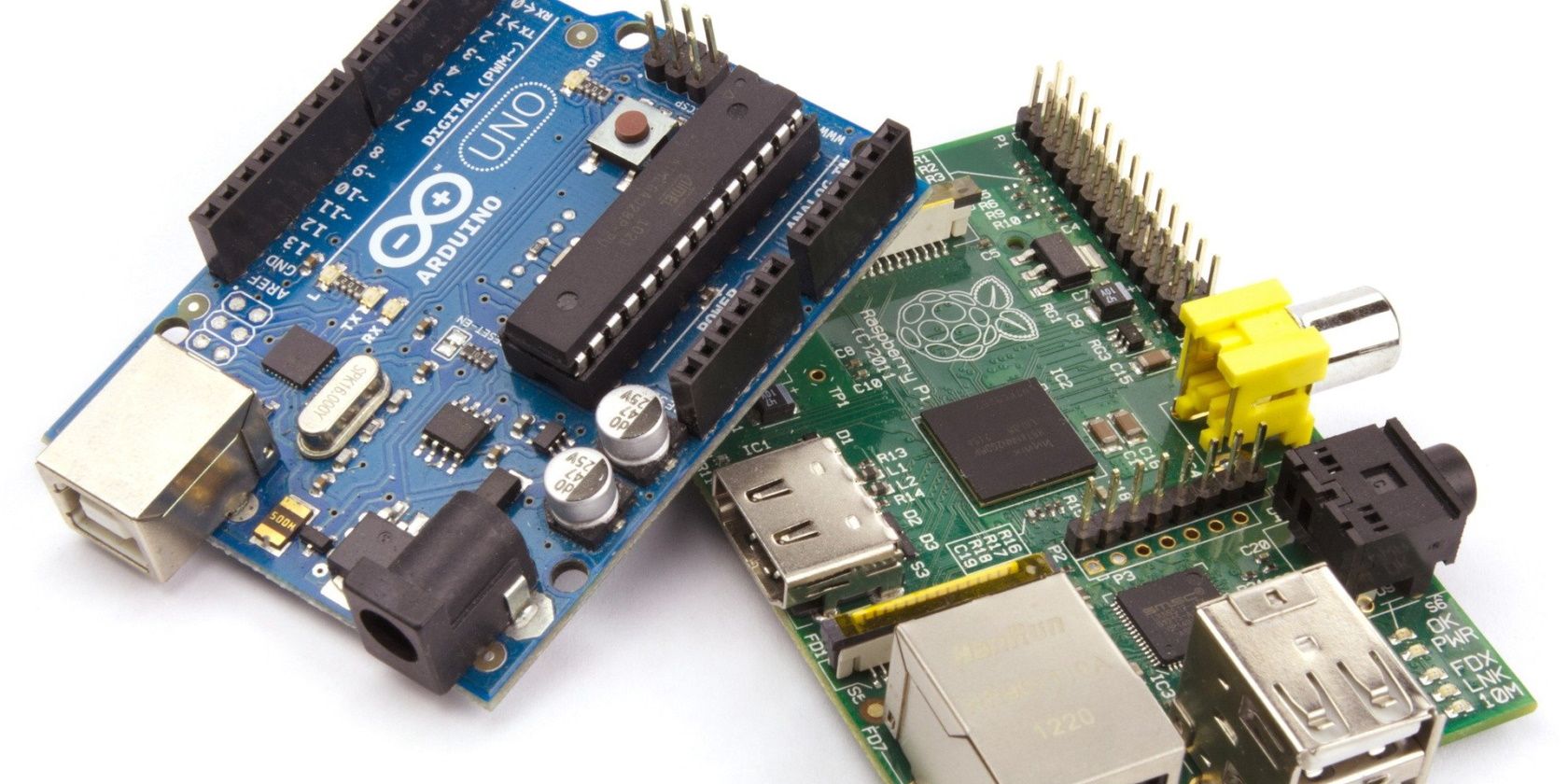
A microcontroller is a compact, self-contained computer system embedded within devices to control their functions.
It contains a processor, memory, and input/output peripherals. These small but powerful chips are widely used in everyday electronics like remote controls, microwaves, and cars, making devices “smart” by processing input signals and generating appropriate responses.
Unlike regular computers, microcontrollers are task-specific, designed to handle real-time operations efficiently.
For example, in a washing machine, a microcontroller controls the water level, motor speed, and timer to ensure the laundry is washed properly.
Microprocessor

A microprocessor is the brain of a computer, responsible for executing a program’s instructions. It performs arithmetic and logic operations to process data.
Microprocessors differ from microcontrollers as they lack built-in memory and peripherals, making them reliant on external components.
They are ideal for general-purpose computing tasks, like those found in PCs and smartphones. The microprocessor’s versatility allows it to handle complex applications, from video editing to gaming, but it’s not optimized for specific tasks like microcontrollers are.
Microcontroller vs. Microprocessor
-Microprocessor: Think of it as the "brain" of computers. It handles calculations and processes instructions but needs external components like memory and input/output (I/O) devices to function.
-Microcontroller: It’s more like an all-in-one device. It has a processor, memory, and I/O components built into a single chip, making it perfect for controlling devices like washing machines, microwave ovens, or even IoT gadgets.
8051 Microcontroller
The 8051 is one of the most widely used microcontrollers in embedded systems. Known for its simplicity and flexibility, it features 8-bit processing, internal memory, and built-in timers, making it suitable for simple automation tasks.
The 8051 is commonly used in home appliances, automotive systems, and medical devices, thanks to its cost-effectiveness and ease of programming.
Its architecture allows developers to design low-power systems that can run specific tasks efficiently with minimal resources.
Counter Timer
Counters and timers are crucial components in embedded systems for managing time-related tasks. A timer measures time intervals, while a counter tracks the number of occurrences of an event, such as the number of pulses from a sensor.
These features are used in devices like clocks, speedometers, and alarms. By configuring timers, microcontrollers can delay actions, trigger interrupts, or count external events, ensuring precise control over operations.
Serial Data I/O Interrupts
Serial data input/output (I/O) interrupts are used to handle data communication between devices in an embedded system.
Instead of constantly checking for data (polling), interrupts enable a microcontroller to execute other tasks until the data arrives. Once the data is ready, an interrupt signals the processor to pause its current work and handle the incoming data.
This approach is efficient in systems where real-time communication is vital, such as in serial communication with sensors or displays.
Embedded Systems Applications
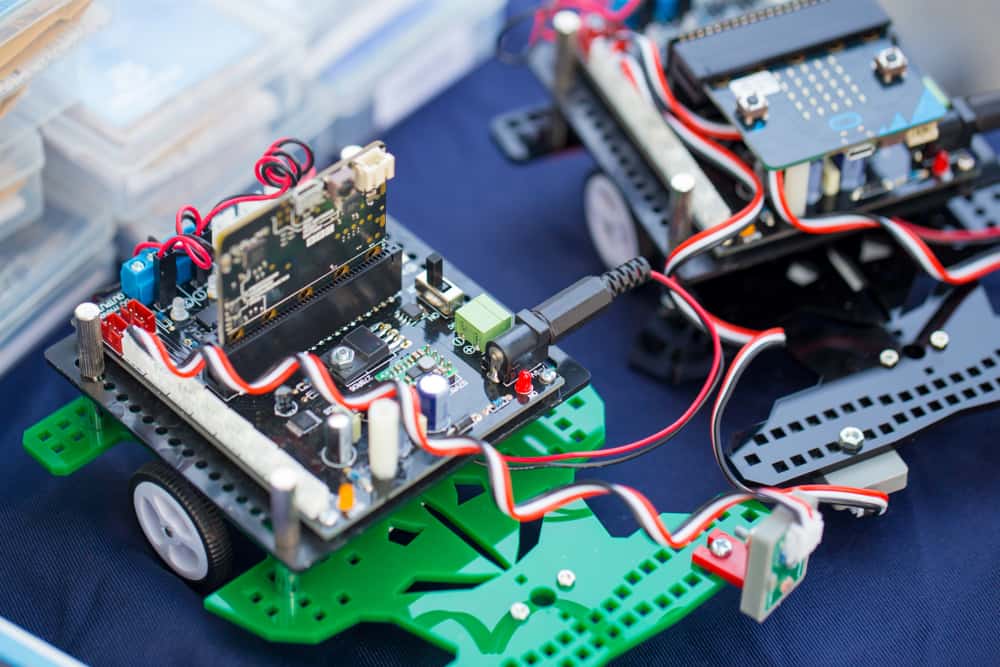
Embedded systems are specialized computing systems that perform dedicated tasks within larger devices. They are found in a wide range of applications like industrial machines, home appliances, medical equipment, and cars.
These systems use microcontrollers or microprocessors to handle specific operations, improving efficiency and functionality.
Embedded systems are integral to smart homes, IoT devices, and even space exploration, as they automate processes, making devices more intelligent and user-friendly.
GPIO

General Purpose Input/Output (GPIO) pins are versatile pins on a microcontroller used to communicate with external devices.
These pins can be configured to either receive input (like from a sensor) or send output (like turning on an LED).
GPIO pins are essential for connecting a microcontroller to the physical world. They allow interaction with buttons, sensors, and motors, making it possible to build interactive embedded systems.
Compiling
Compiling is the process of translating high-level code (like C or Python) into machine language that a microcontroller or microprocessor can understand.
In embedded systems, compilation is critical as it converts human-readable instructions into binary code that hardware can execute.
Embedded system developers rely on compilers to ensure their code runs efficiently on the target device, often optimizing it for performance and memory usage.
Linking
Linking is the process of combining various pieces of code, like object files and libraries, into a single executable program.
In embedded systems, after compiling the code into machine language, the linker resolves references between different modules and ensures that all necessary components are in place.
Without linking, the program cannot function as a complete unit, since the processor wouldn't know how to execute separate code parts correctly.
I2C
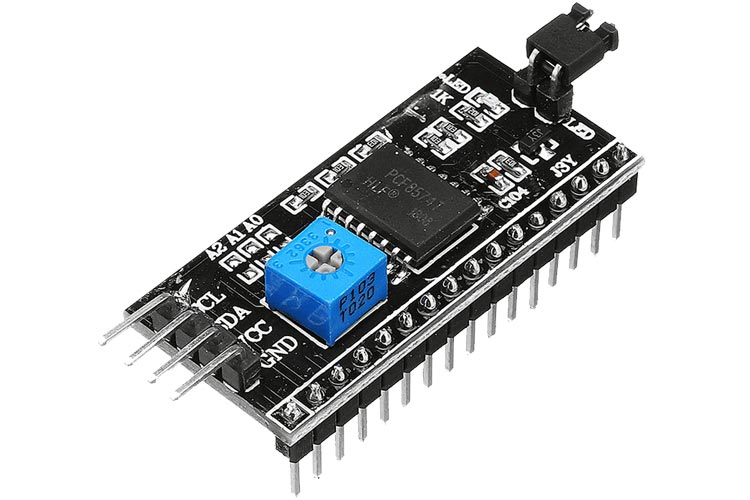
Inter-Integrated Circuit (I2C) is a communication protocol used to connect multiple devices, such as sensors and displays, to a microcontroller using just two wires.
It allows devices to communicate with each other by assigning unique addresses. I2C is popular in embedded systems due to its simplicity and ability to support multiple devices on the same bus.
Applications include controlling OLED displays, reading data from temperature sensors, or communicating with EEPROM chips.
SPI
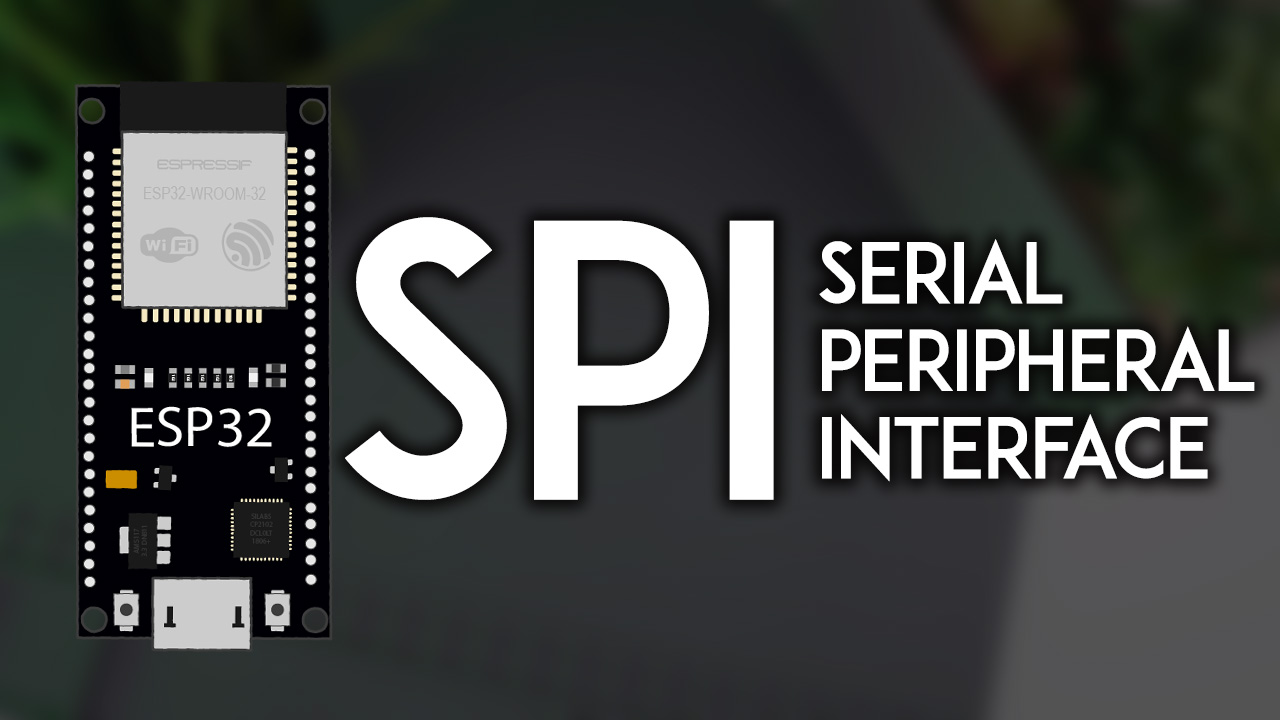
The Serial Peripheral Interface (SPI) is a high-speed communication protocol used in embedded systems to transfer data between a microcontroller and peripherals like sensors, memory, or displays.
Unlike I2C, which uses two wires, SPI uses four, allowing faster data rates. SPI is ideal for applications where speed is essential, such as reading sensor data or driving displays in real time.
Its simplicity and efficiency make it a common choice for embedded systems requiring high-speed communication.
CAN and Its Applications

The Controller Area Network (CAN) is a communication protocol designed for automotive applications, allowing microcontrollers and devices to communicate with each other without a host computer.
CAN is widely used in modern vehicles for transmitting data between different components, like engine control units and braking systems.
It’s also employed in industrial automation.
CAN's robustness ensures reliable communication in noisy environments, making it essential for safety-critical applications.
CRC and Its Applications
Cyclic Redundancy Check (CRC) is an error-detecting code used in digital networks and storage devices to detect accidental changes to data. It ensures that data transmitted over a network or stored in memory remains intact and uncorrupted. CRC is widely used in communication protocols like CAN, USB, and Ethernet, as well as in storage devices to verify the integrity of data, preventing data loss or corruption in embedded systems.
Bluetooth and Wi-Fi in Embedded Systems
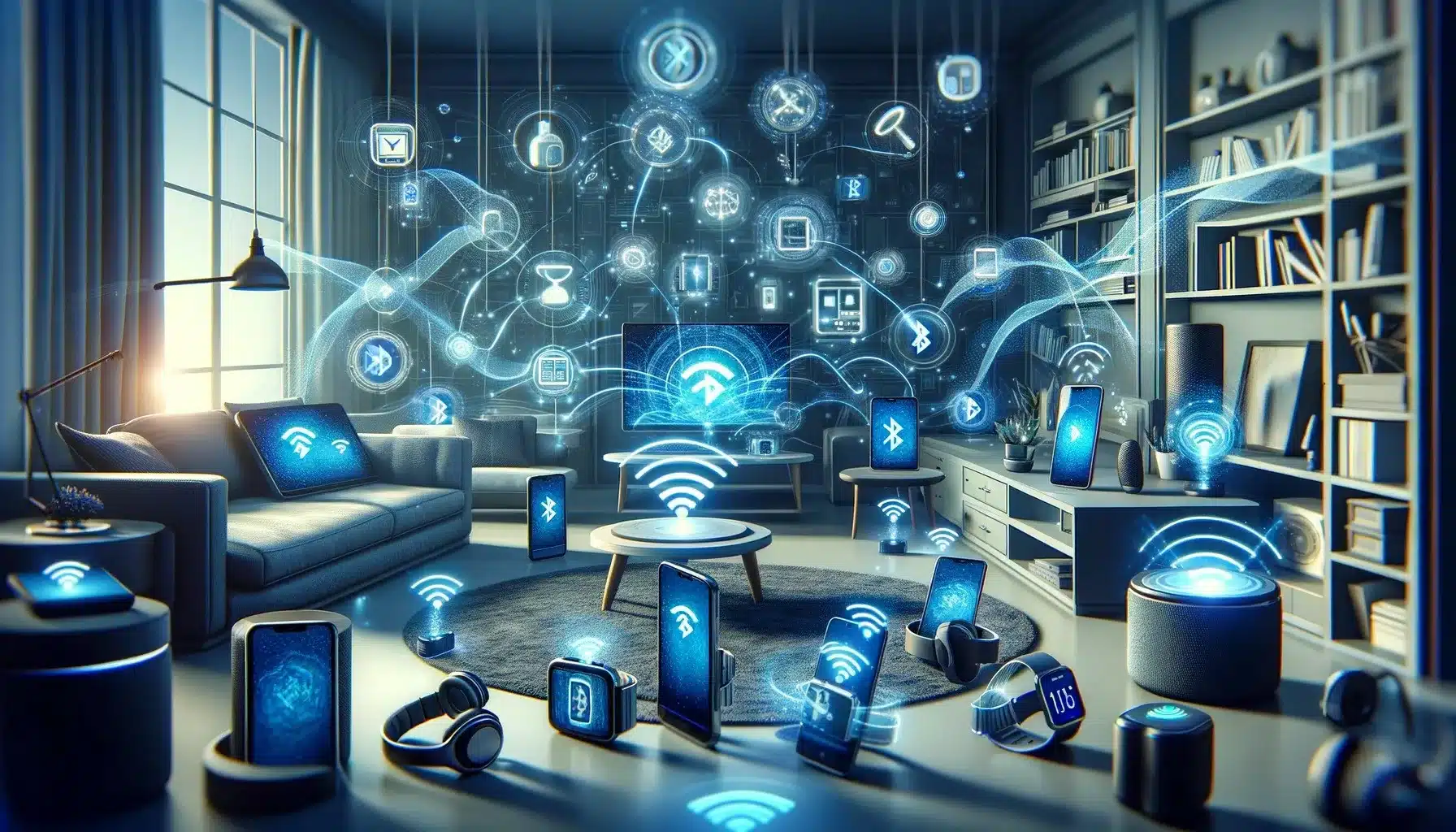
Bluetooth and Wi-Fi are wireless communication technologies used in embedded systems for short and long-range data transfer.
Bluetooth is ideal for connecting devices like headphones, fitness trackers, or smart home gadgets over short distances, while Wi-Fi is preferred for internet-based applications like smart thermostats or cameras.
In embedded systems, both technologies enable devices to connect and communicate seamlessly, making it possible to control gadgets remotely or exchange data wirelessly.
IoT and Its Elements
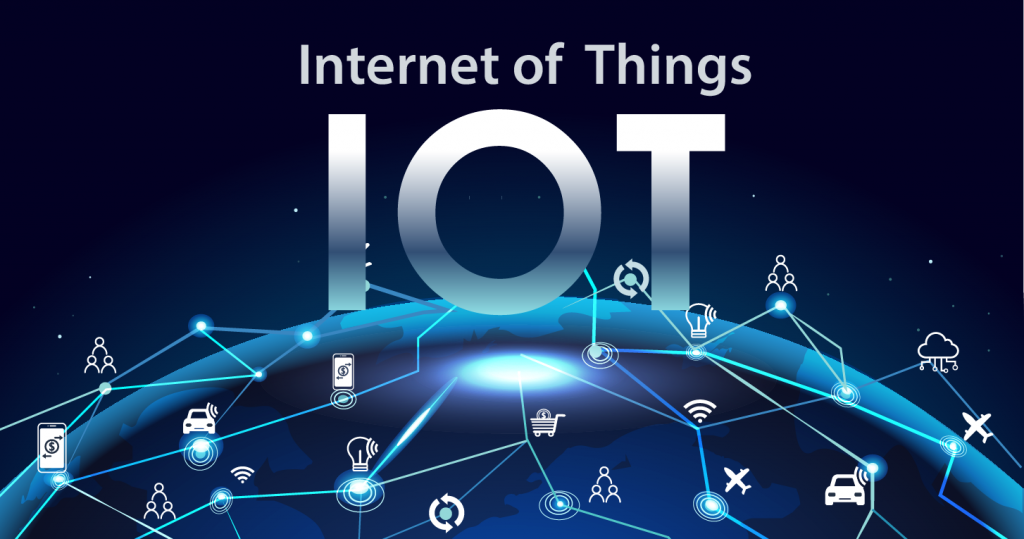
The Internet of Things (IoT) refers to the network of connected devices that communicate and share data over the internet.
Key elements of IoT include sensors, microcontrollers, connectivity (Bluetooth, Wi-Fi), and cloud platforms.
Together, these components allow IoT devices to collect, process, and transmit data for real-time monitoring and control.
Common IoT applications include smart homes, health monitoring devices, and industrial automation, revolutionizing how we interact with the world.
Sensors
Sensors are the eyes and ears of an embedded system, used to detect changes in the environment like temperature, pressure, or motion.
They convert physical quantities into electrical signals that the system can process.
Embedded systems rely on sensors for various applications, from reading temperature data in a smart thermostat to detecting motion in security systems. Sensors make real-time monitoring and automation possible in countless devices.

Actuator
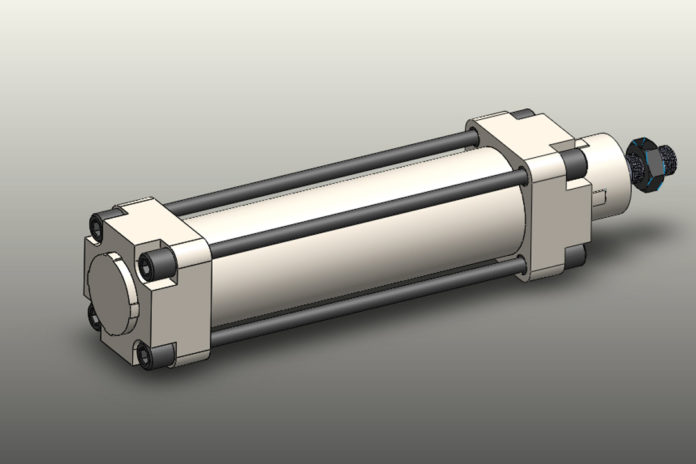
Actuators are devices that convert electrical signals from a microcontroller into physical action.
For example, a motor that moves a robotic arm or a valve that opens to control fluid flow in a factory is an actuator.
Embedded systems use actuators to respond to input data from sensors, allowing devices to interact with the physical world.
They are essential in automation, robotics, and IoT applications.
Cloud

The cloud refers to remote servers where data and applications can be stored, processed, and accessed over the internet.
In embedded systems, the cloud enables devices to offload complex computations, store large amounts of data, and provide remote access.
For example, an IoT device can collect data from sensors and send it to the cloud for processing, enabling users to monitor and control devices from anywhere in the world.
MCU
A Microcontroller Unit (MCU) is the core component in an embedded system, integrating a processor, memory, and peripherals onto a single chip. MCUs are designed to handle specific tasks, such as controlling motors, reading sensors, or managing displays. They are used in various applications like home automation, industrial control, and consumer electronics. The simplicity, efficiency, and low power consumption of MCUs make them ideal for embedded systems where real-time performance is crucial.
Subscribe to my newsletter
Read articles from Aakashi Jaiswal directly inside your inbox. Subscribe to the newsletter, and don't miss out.
Written by

Aakashi Jaiswal
Aakashi Jaiswal
Coder | Winter of Blockchain 2024❄️ | Web-Developer | App-Developer | UI/UX | DSA | GSSoc 2024| Freelancer | Building a Startup | Helping People learn Technology | Dancer | MERN stack developer